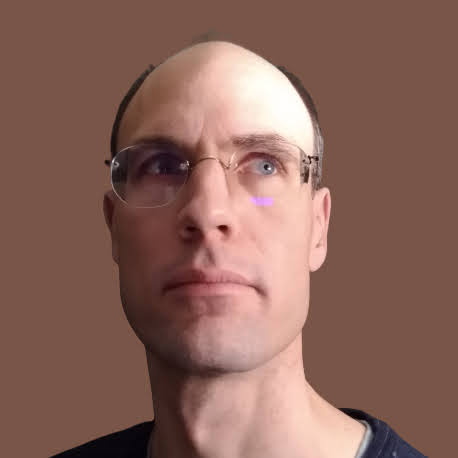

I’m a programmer, artist, and researcher. Originally from France, I live in the San Francisco Bay Area.
martin@mjambon.com •
Mastodon •
Bluesky • Twitter • GitHub • LinkedIn • Instagram • Flickr • Strava
Follow me on Instagram or visit my online gallery.

Écru #6 (2025)
In my personal time, I develop theories and software for creating machines that will live their own lives and take care of themselves. The emphasis is on developing a general form of proto-intelligence first, and not any specific application. This endeavor is more of an art project than an industrial project, as ultimately it is about creating artificial individuals, not tools.
The implementation of the architecture laid out in 2016 is still ongoing as of 2022. It is now closed-source.
These original ideas come with some implementation that works, but aren’t widely known or used by many. Work would be needed to publicize them or make them widely accessible.
For my PhD and postdoc, I worked on tools to study the 3D structure of proteins. While my postdoc experience wasn’t a thrill scientifically speaking, I some moderate success with my PhD work in France.
The SuMo project (2000-2003) was an attempt to identify local similarities among unrelated 3D structures of proteins, in the hope that they would share a similar biological function.
This involved complex heuristics for somewhat limited results. It permanently convinced me that a system capable of forming its own intuition about the behavior of proteins would be the key to solving this problem, and many others.
In the process, I became a scientific poster enthusiast. Here’s an example of my creations, which I presented at an international conference in 2005:
Publications relevant to the SuMo project: